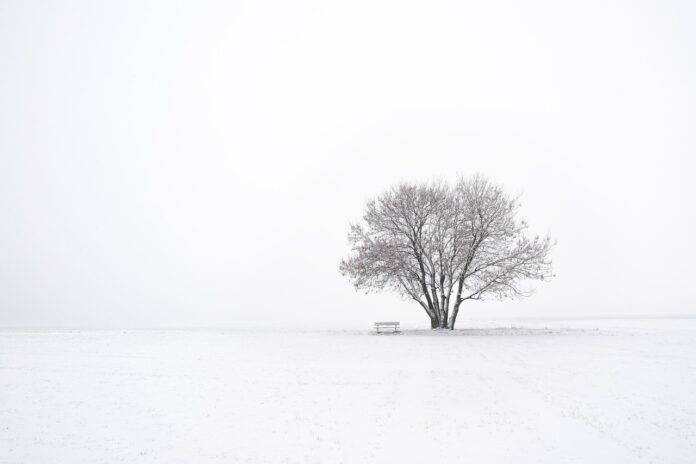Reflections on Winter’s Chill
Last week, my daughter returned home from school, her head resting despondently on the kitchen counter as she burst into tears. “I’m SO BOOOOOORED!” she lamented. Her frustration was palpable, and it was understandable given that we had endured nearly two weeks of outdoor recess cancellations due to subzero wind chills. This February has proven to be particularly harsh, with our children confined indoors or in transit between school and home.
As a mother, I often subscribe to the belief that there is no such thing as bad weather—only inappropriate clothing. Typically, I encourage my kids to bundle up and head outside, regardless of the conditions. Yet, even I have had to concede that spending more than a few minutes outdoors in such frigid temperatures is unwise.
These extreme conditions have led to daily school start times being pushed back by two hours, much to the delight of my children. However, with each late start, their enthusiasm has waned, as it serves as a stark reminder that the cold is here to stay. Today, school was canceled altogether, marking the coldest day in this ongoing freeze, with forecasts predicting equally frigid conditions tomorrow.
Not long ago, our region had the dubious distinction of being the coldest place on Earth for a brief period. I am grateful to have been here during that time, as it provided perspective on the severity of cold weather. Just moments ago, my husband sent me a text featuring a picture of the pickup’s dashboard thermometer, which read a chilling -23 degrees Fahrenheit.
“At least we aren’t the coldest place on earth,” I thought while observing the frost creeping up the inside of our windows. It is interesting to reflect on how writing about these cold snaps has become a yearly ritual for me. Last year, I noted that while we were experiencing our own Arctic blast, the actual coldest place on earth was in far northern Canada, where temperatures plummeted to a staggering -74 degrees Fahrenheit. In comparison, our -29 degrees felt almost mild. Sure, we could throw a pot of boiling water outside and watch it vaporize instantly, but our temperatures were still significantly closer to zero than to negative one hundred, which is no small consolation.
This may come off as an exercise in schadenfreude, but it is not. Rather, I find solace in the understanding that situations we perceive as unbearable are, in fact, survivable. We have endured them before, as have countless others, including those living in Edmonton, Alberta. We will emerge from this winter unscathed. This is not merely a “what doesn’t kill you makes you stronger” mentality; it’s more about recognizing that what doesn’t kill you allows you to continue living. This is an ethos I am embracing as I look ahead to 2024.
This upcoming weekend, I will celebrate my 47th birthday. Although that number may sound considerably older than I feel, it also marks the youngest I will ever be again. Rereading my reflections from last year, I was struck by my own insight: “What doesn’t kill you means you get to continue being alive.” I had forgotten this powerful mantra, yet it resonates deeply with me and will serve as my guiding principle in 2025 as well.
The past few years have presented some of the greatest challenges of my life, often felt as relentlessly as the deep cold outside. Strangely, I find that these experiences have not transformed me but perhaps revealed a truer version of myself—one with less time and energy to be anything other than authentic. What a gift that realization has been.
In previous discussions about the bleak chill of Dakota winters, I have typically concluded with the reassurance that the cold cannot last forever, and that spring will inevitably follow. Today, however, I gaze out the window and am captivated by the golden sunlight illuminating the snow-blanketed fields, their beauty enhanced rather than diminished by the cold. This winter has taught me to appreciate the splendor in even the harshest of conditions.





